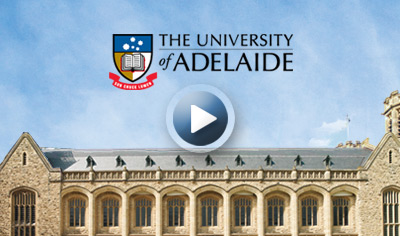Wouldn’t it be wonderful if the products we need and use every day were to make themselves?
As all living things demonstrate, this is not just a pipe-dream. In fact, self-assembly is now being exploited in the manufacture of various products ranging from cosmetics to vaccines to solar panels.
Provided the fundamentals of ‘self-assembly’ are understood and can be exploited, it could form the basis of a new way to manufacture things that is competitive with the more traditional labour-intensive and even capital-intensive approaches. Researchers at the University of Adelaide are seeking to make this a reality.
In this presentation Professor Mark Biggs will provide an overview of the principles of self-assembly, highlight some examples of existing technologies built at least in part using self-assembly, and talk about the potential of self-assembly into the future.

Professor Mark Biggs holds the Chair of Chemical Engineering at the University of Adelaide where he is also the Head of the School of Chemical Engineering and Director of the Bio and Nanoengineering Faculty Research Group. Professor Biggs’ research looks at systems where interfaces – the boundary between two phases such as water and air – play an important role with application in designing, manufacturing and exploiting nanostructured materials and systems. His work has been reported in more than 65 publications, including over 50 peer reviewed articles and seven invited contributions, and nearly 45 invited plenary, keynote and other lectures around the World.




